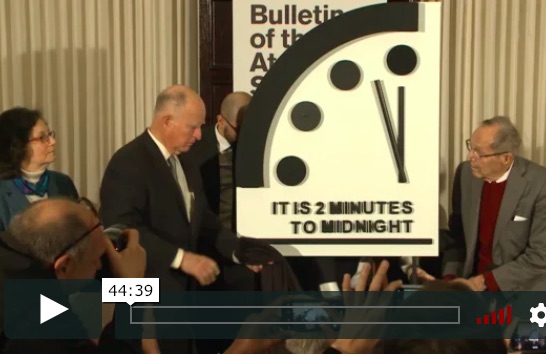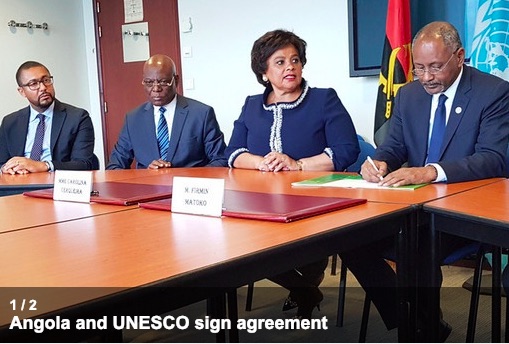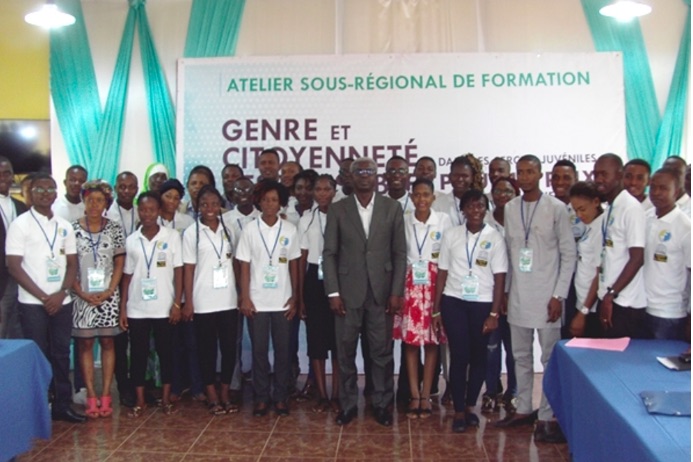. . DEMOCRATIC PARTICIPATION . .
by Medard du Rocher-BOPE, President, JFDHOP (Youth and Women for Human Rights and Peace)
The year 2018 was marked by strong tensions associated with national elections in the Democratic Republic of Congo (DRC). On the side of power (the rulers), there was no desire to organize these elections and they sought by all means how to circumvent them.
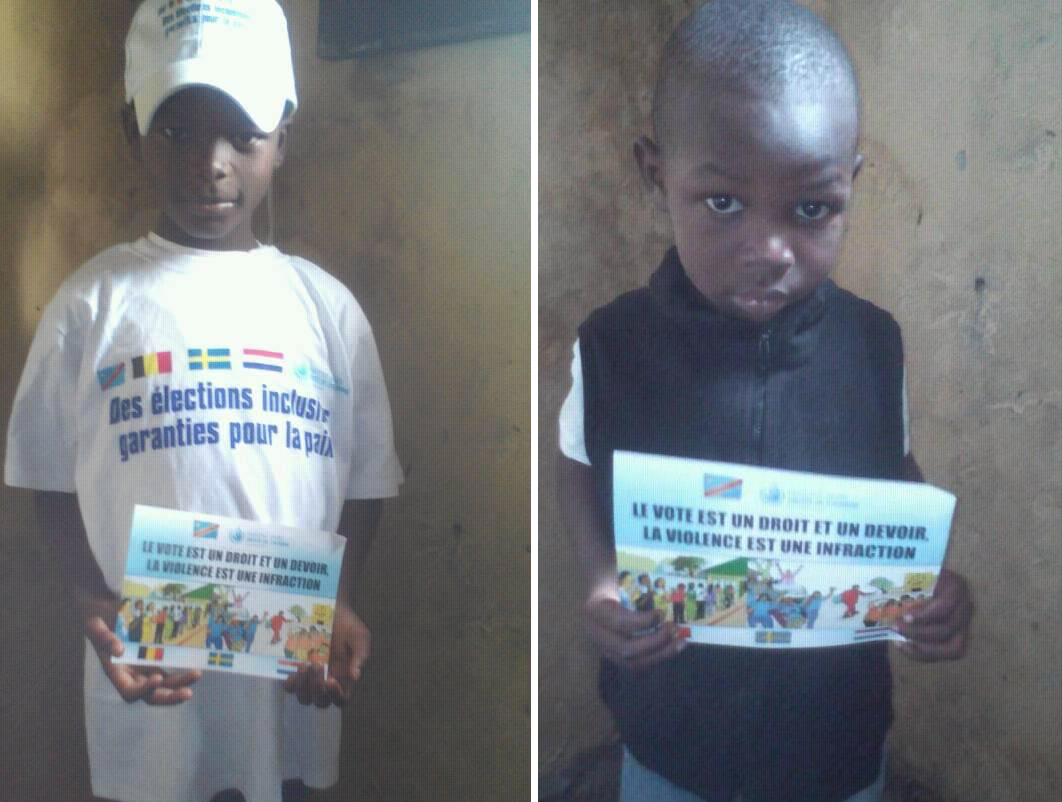
One of their strategies was to offer one of the opposition leaders the post of Prime Minister, which would allow them to extend the term of office of those in power. This would have bypassed the election agreements of Saint Sylvestre that had been agreed on 31/12/2016.
The electoral center, an accomplice, proposed the delay the dates of the election, hoping to provoke a popular uprising that would enable them to declare a state of emergency and simply cancel the elections for a later date.
Also to circumvent the elections, a coup d’etat was prepared, the army and / or the National Police would take power by force for a few days as was done in the past with Kasa Vubu and Mobutu after independence, enabling them to declare the impossibility of organizing elections as a result of insecurity.
Several strategies were mounted; the most recent was the scenario of a fire to burn up the voting machines and bulletins on the high command avenue in Kinshasa / Gombe. Under the watchful eye of the international community, with divided opposition. Part of the latter supported the elections with or without voting machines and another was categorical: elections without a machine for several reasons:
One reason given was that the Congolese people do not have experience with voting machines. One of the proponents has even stated that he needed 6 minutes to use it, and he felt that those who do not master computers would need more or less 20 minutes.
Another argument was that by manipulating the computers, the results could be determined in advance by programming it so that each vote would be counted 3 or 5 times for one of the candidates.
All this was said to discourage the people from going to vote, to sabotage the elections and allow those holding power to cling and extend their power. Finally, the voter turnout turned out to be low at only 37%.
In brief, this was the context in which your Association “J.F.D.HO.P” went to work. Sometimes, security guards would charge us for being supporters of KAMWENA SAPU. But they ended up freeing us when they could not find any indication of KAMWENA SAPU supporters.
Several activities were organized to offer the population to go to the polls and vote. A motorized caravan was organized in October during the submission of applications, encouraging women to come forward, and to realize that they are the majority of the population. This caravan organized for 2 days in Kimbaseke, Ndjili, Makala, Nsele, part of Maluku, Masina, Ngaba, Limete and Matete.
During this period, doubts hovered over the heads of the Congolese people. Everyone supported the elections but the voting machines were called “machine to steal” and this did not inspire confidence.
(continued in right column)
Click here for the version in French)
Question(s) related to this article:
Can you add to this analysis of the Democratic Republic of the Congo?
(continued from left column)
Faced with this situation, your Association organized a morning with the Youth at the Church of God’s Elect at Residential Limit 13th Street to discuss the subject of elections. The theme was “Democracy and Elections”. The Association urged the youth not to give way to discouragement. They must seize the opportunity because their future depends on it. In turn, the young people gave us the mission to bring them the information about whether they were really”machines to steal”.
Your Association attended the sensitization on the voting machine in Ndjili [a municipality in the Tshangu district of Kinshasa] and we had the opportunity for the first time to use the voting machine and to ask the necessary questions.
After this session, your Association has once again convened a meeting, this time also inviting the elders as well as youth. We explained to them how to vote with the machine. Young people as well as old people who have android phones quickly understood. For the others, it was necessary to explain them more. And, we asked the participants to reiterate to others, to convey the information that the machine is not complicated, it is enough to have in advance the numbers of your candidates, in which case everything is easy. It is more complicated and takes longer if you have to look for the number of your candidates.
But the tension was increasing around the voting machine. One of the leaders of the opposition declare openly that they would sabotage the machines.
Faced with this situation, your Association with the support of the United Nations Joint Human Rights Office distributed T-shirts with various messages of peace, (among others: voting is a right and a duty; violence is a crime; your choice in the elections; it is the Congo of tomorrow; Election yes! violence no!, etc.).
Your Association went to meet with youth associations in Kasavubu, Limete, Makala, Kalamu, Kingasani, Masina, Ndjili, Mont-ngafula and Nsele to exchange and give these messages in the churches and finally with the activists of the political parties. We first went down to the UDPS / Tshisekedi headquarters at Limete 10th Street. We exchanged with the militants of this party and distributed to them the messages of non-violence and peace. To avoid being confused with the candidates to the elections and to avoid being stoned by the population, the members of the Association wore the T-shirt when going to the peripheral districts of the city of Kinshasa such as Malueka, Kimbaseke, Ferbois , Siwabanza, Makala etc.) At bus stops, markets, etc. we distributed messages and spread this message of non-violence and peace. A strong sensitization was also made to the Church of the elect of God in Limete 13th Street by the president of the Association Mr. Medard du Rocher-BOPE. Your Association has also used social networks (facebook, etc.) for a wide dissemination of message.
The postponement of the elections from December 23 to December 30 further sowed doubt about effective organization. Your Association, always close to young people, reassured them by reminding them of the will of the International Community to bring our country to the organization of elections.
Finally, J.F.D.HO.P are volunteers. After voting, they circulated in different polling centers to see what was happening and to assess the degree of violence. Some of our members were in the center until the results were posted.
[Editor’s note: As of the date of posting of this article, the opposition candidate Felix Tshisekedi has been sworn in as President in the country’s first transfer of power via an election in 59 years of independence. However, there are claims that the election was actually won by another opposition candidate, Martin Fayulu, and tensions remain high in the country.]
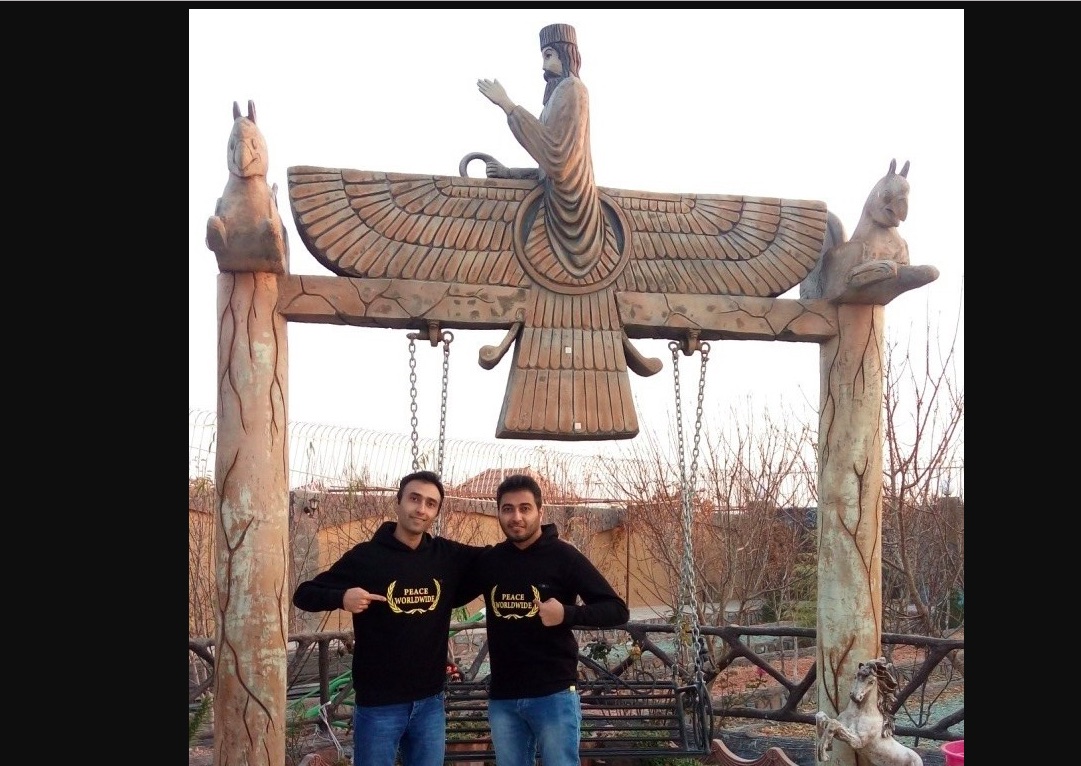


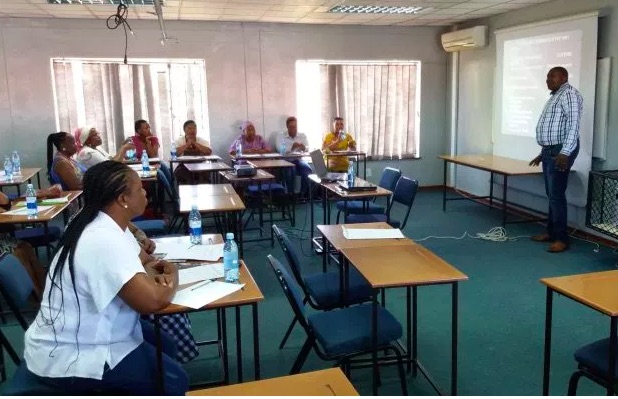
 video of Priya Darshini Baligadoo
video of Priya Darshini Baligadoo